About 39% of adults worldwide have high cholesterol, but most don’t realize it until it’s too late. In 2019, high LDL cholesterol caused 17.9 million deaths from heart disease and strokes.
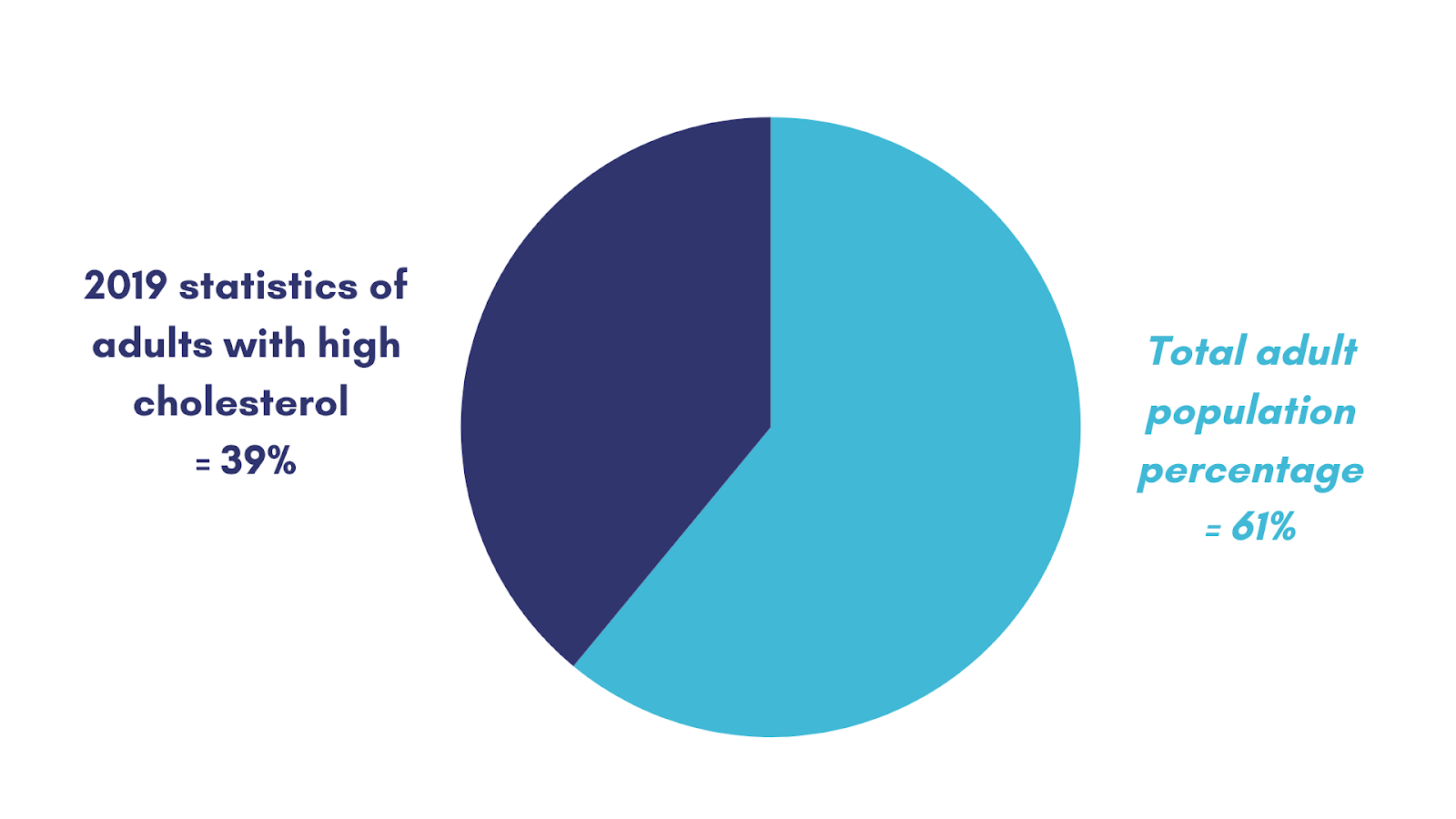
Cholesterol isn’t only bad because your body needs it to repair and rebuild cells. But too much of the wrong kind can be dangerous.
The best way to lower LDL cholesterol is by taking your diet seriously. Eating the right foods can make all the difference.
What is Cholesterol, and why is it important?
Cholesterol is a vital lipid that helps build cell membranes, produce hormones, and synthesize vitamins. While your liver naturally produces cholesterol, some also comes from food.
It is essential for building tissues, vitamins, and hormones. Your liver and cells produce it. And is also found in your cell membranes. Some cholesterol comes from dietary fat carried by chylomicrons.
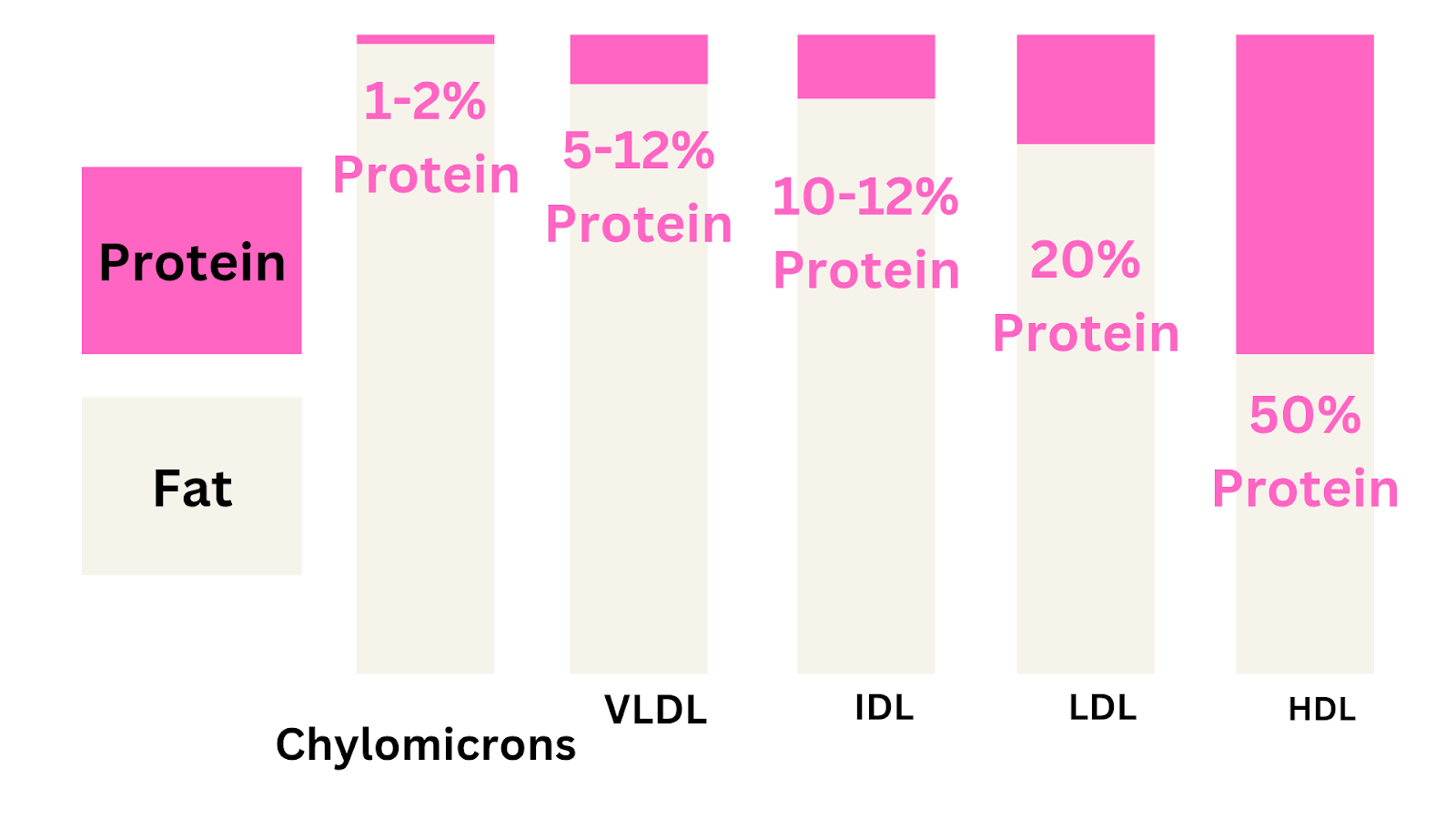
Since cholesterol doesn’t dissolve in blood, it is carried by lipoproteins:
• LDL (Bad Cholesterol): Delivers cholesterol to tissues but can build up in arteries, increasing heart disease risk.
• HDL (Good Cholesterol): Removes excess cholesterol and carries it back to the liver for disposal.
• Chylomicrons are the most significant lipoprotein which transport triglycerides from the intestines to the liver, fat, and muscles.
Too much LDL can lead to artery blockage, raising the risk of heart disease and stroke. Maintaining a healthy cholesterol balance is key for overall heart health.
23 Cholesterol-decreasing foods you must add to your diet today itself
Knowing which foods will reduce cholesterol is the key to a long healthy life. Here are 23 foods that will help reduce cholesterol:
1. Fermented foods:
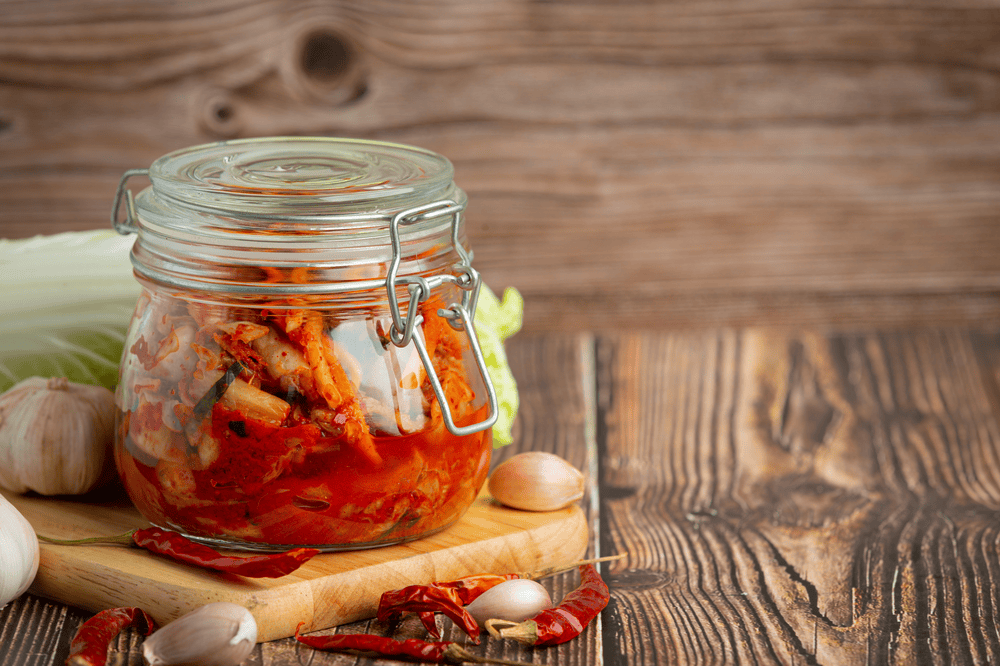
Pic: Freepik
Fermented foods are rich in probiotics and short-chain fatty acids (SCFAs). Probiotics enhance gut microbiome diversity and assist in breaking down cholesterol. SCFAs support liver metabolism, reducing the risk of metabolic diseases like obesity and diabetes.
Common SCFAs: Acetate, Propionate, Butyrate
Examples of fermented foods:
- Soibum (fermented bamboo shoots) with 2.61 – 3.09% dietary fiber
- Hawaijar (fermented soybeans) with 5-7 gm per 100 gm
- Kimchi with 2.4 gm of dietary fibre in 100 gm
- Hentak (strong-flavored fermented fish paste) with {negligible fiber}
2. Garlic:
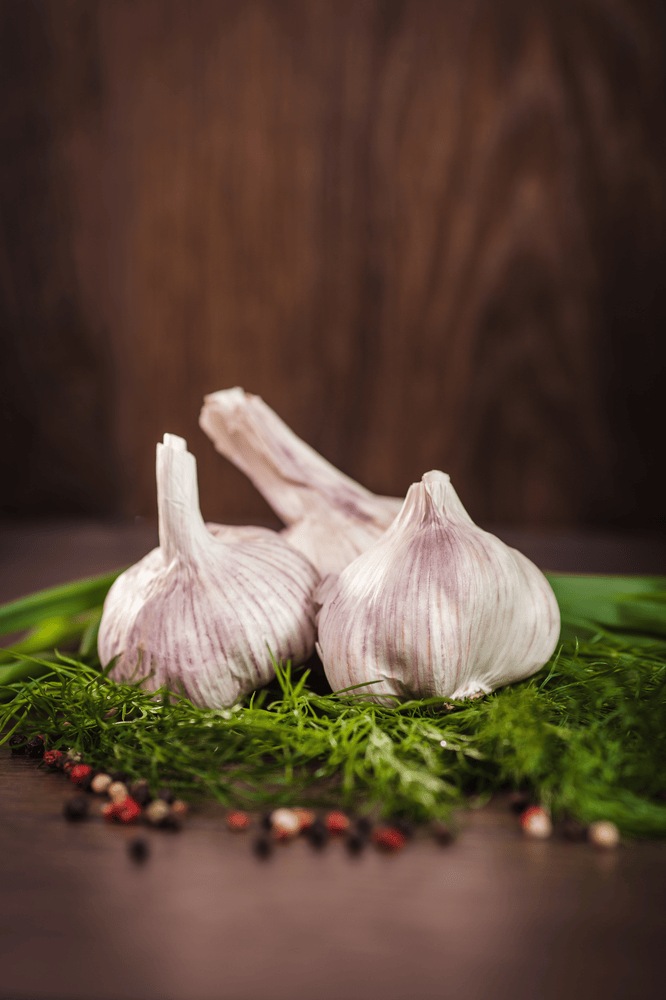
Pic: Freepik
Garlic contains allicin, an active compound that helps lower LDL cholesterol. Allicin binds to LDL receptors on liver cells, reducing LDL at the cellular level. It also inhibits HMG-CoA reductase, the enzyme responsible for cholesterol production. It also has 0.06 gm of dietary fiber per 100 gm.
3. Oats:
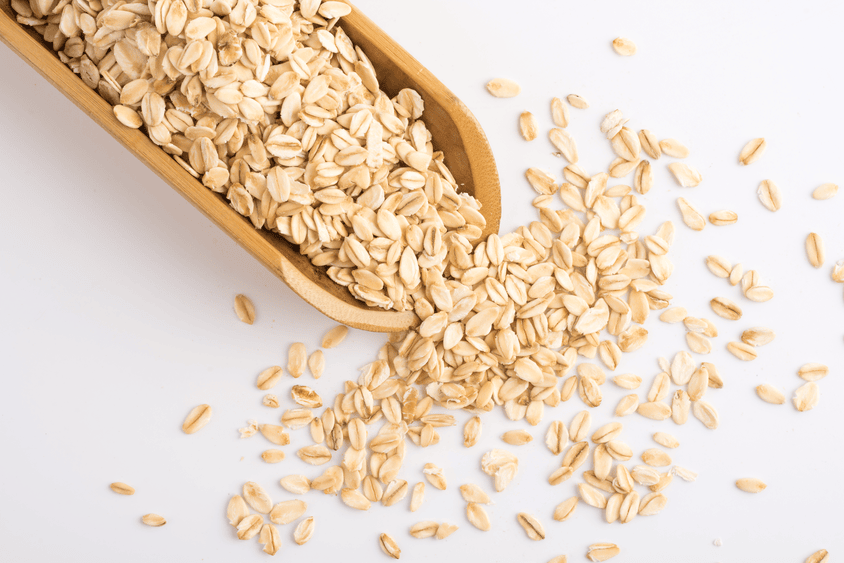
Pic: Freepik
Oats have 7.5 g of dietary fiber & is rich in a soluble fiber called beta-glucan. The beta-glucan forms a gel-like substance in the intestines promoting cholesterol excretion. This forces the liver to use circulating cholesterol to produce new bile acids, reducing blood LDL levels.
4. Basil & Cinnamon :
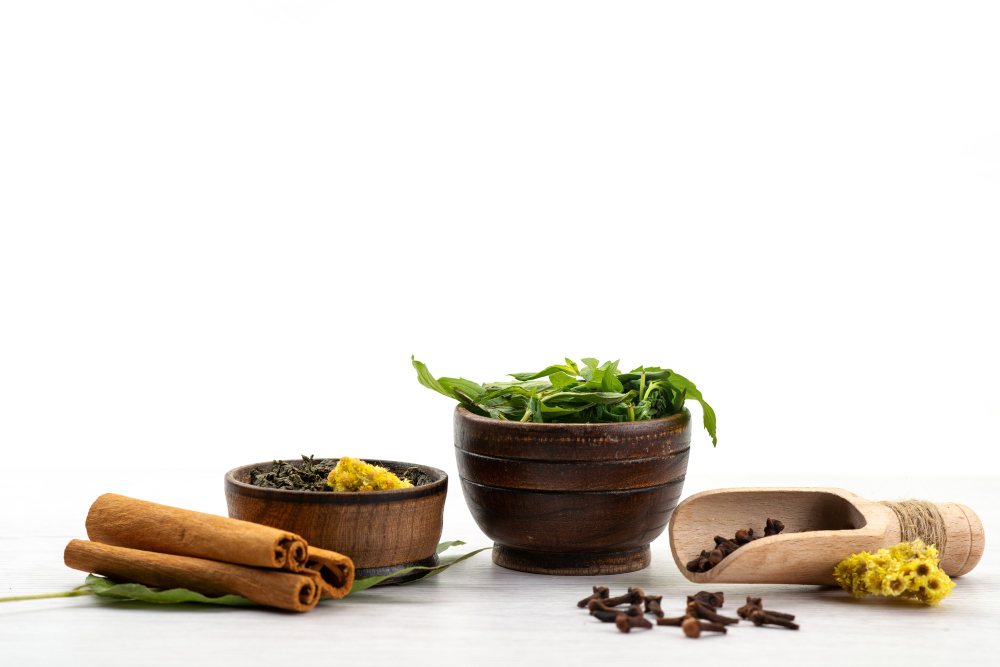
Pic: Freepik
Basil has 0.1 grams of dietary fiber per 2 tablespoons (5 grams) serving. And cinnamon has 1 gram per teaspoon. They are packed with antioxidants. The Antioxidants neutralize free radicals damaging LDL particles. The antioxidants protect blood vessels by reducing inflammation.
5. Ginger:
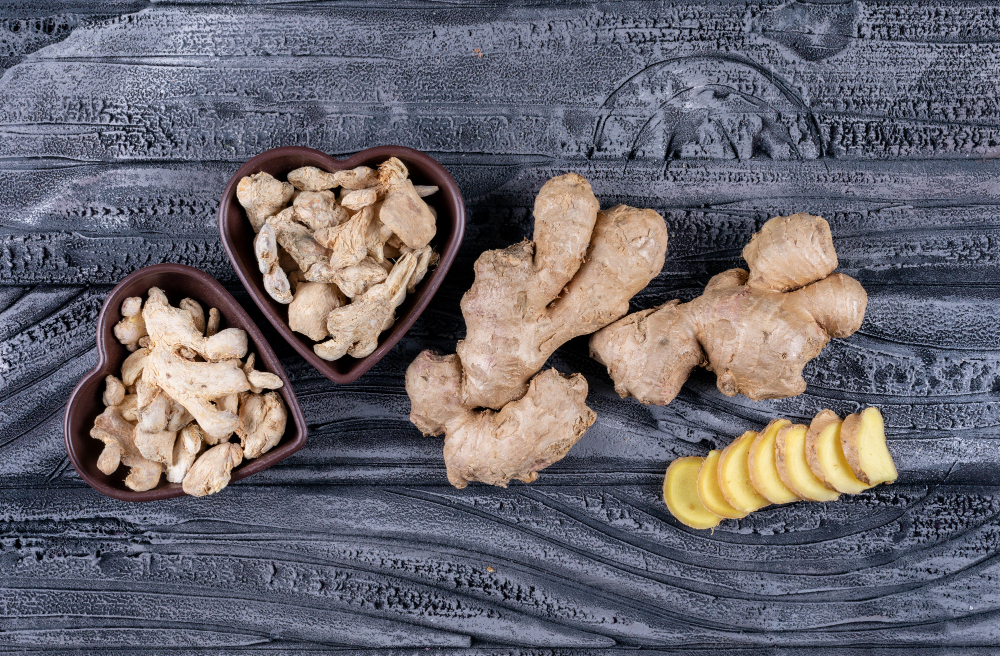
Pic: Freepik
Ginger has 2 grams of dietary fiber per 100 gm. It also contains gingerol, which enhances lipid metabolism through an enzyme called hydroxymethylglutaryl Co-A. It stimulates cholesterol 7 alpha-hydroxylase to enhance conversion to bile acids.
6. Yogurt:
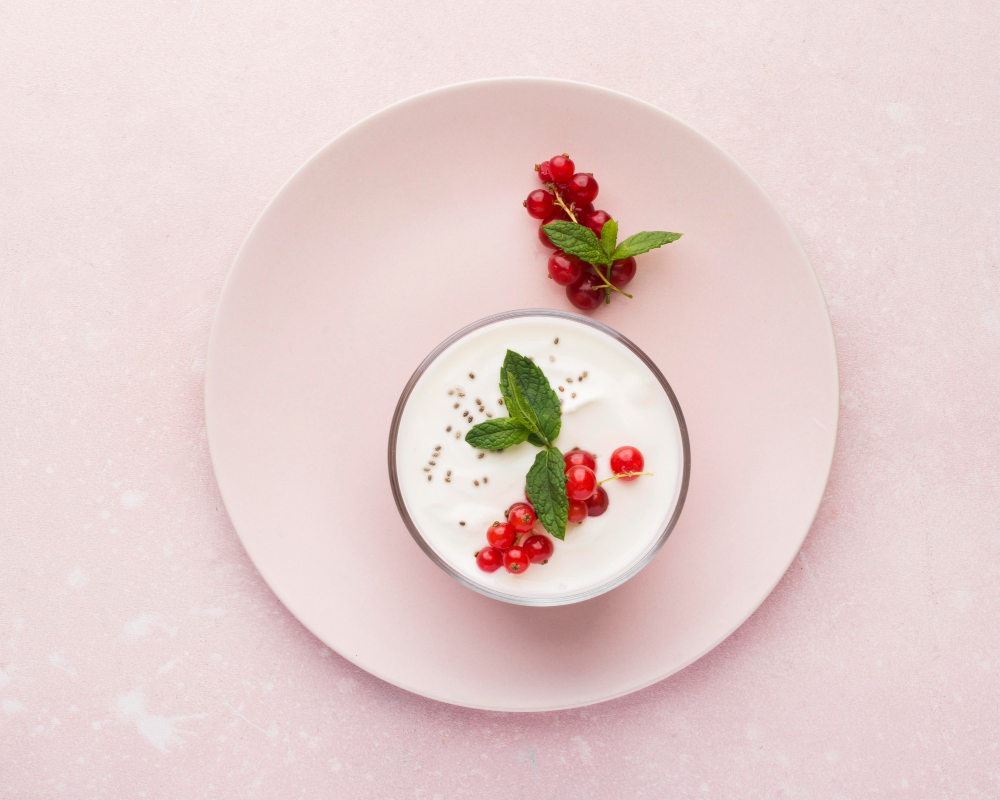
Pic: Freepik
Greek yogurt with 0 dietary fiber contains probiotics lactobacillus & bioactive peptides. Lactobacillus metabolizes “bile acids”, forcing the liver to use cholesterol to replenish them. The bioactive peptides inhibit enzymes that raise blood pressure, indirectly improving cholesterol metabolism.
7. Lentils & Chickpeas:
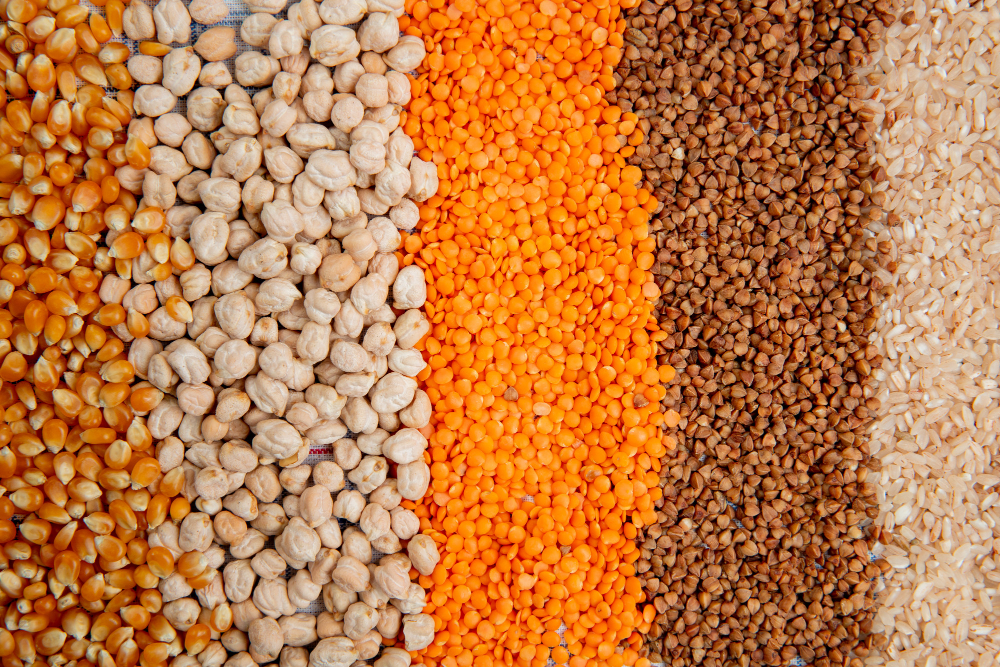
Pic: Freepik
Lentils & chickpeas have 15.5 & 17 grams of dietary fiber per 100 gm. They are also rich in phytosterols (plant-derived compounds). The soluble fiber binds to cholesterol in the gut, preventing absorption. The phytosterols compete with cholesterol for absorption in the intestines. This slows digestion, stabilizing blood sugar and reducing LDL production.
8. Red Yeast Rice:
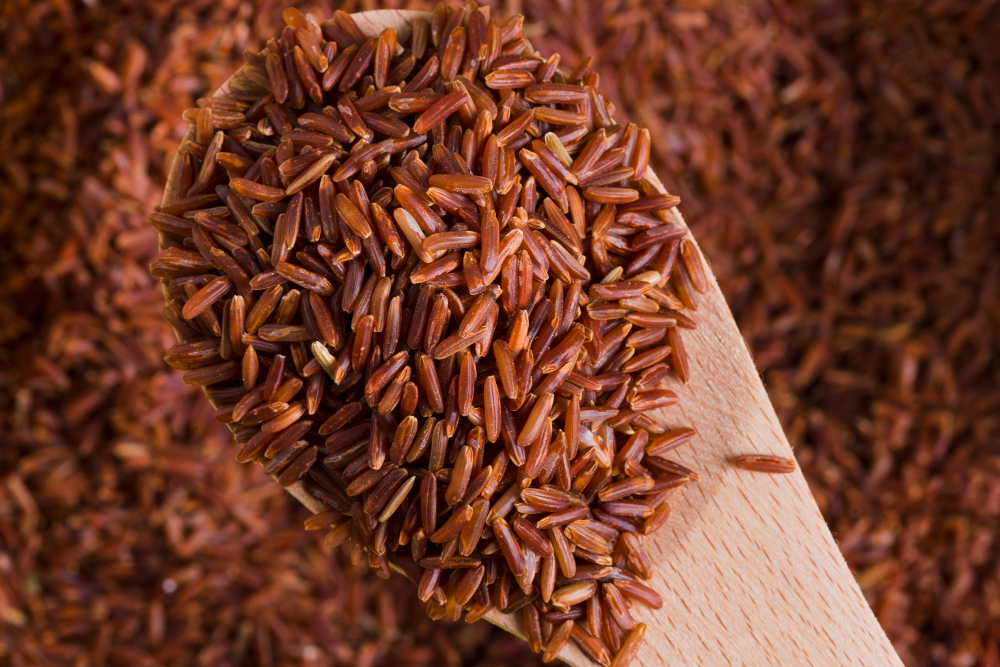
Pic: Freepik
Red yeast rice contains natural statin-like compounds like Monacolin K. It inhibits an enzyme HMG-CoA reductase which synthesizes cholesterol in the liver. The enzyme also helps in reducing LDL and triglycerides while mildly raising HDL. It also has 0.8% dietary fiber.
9. Wheat:
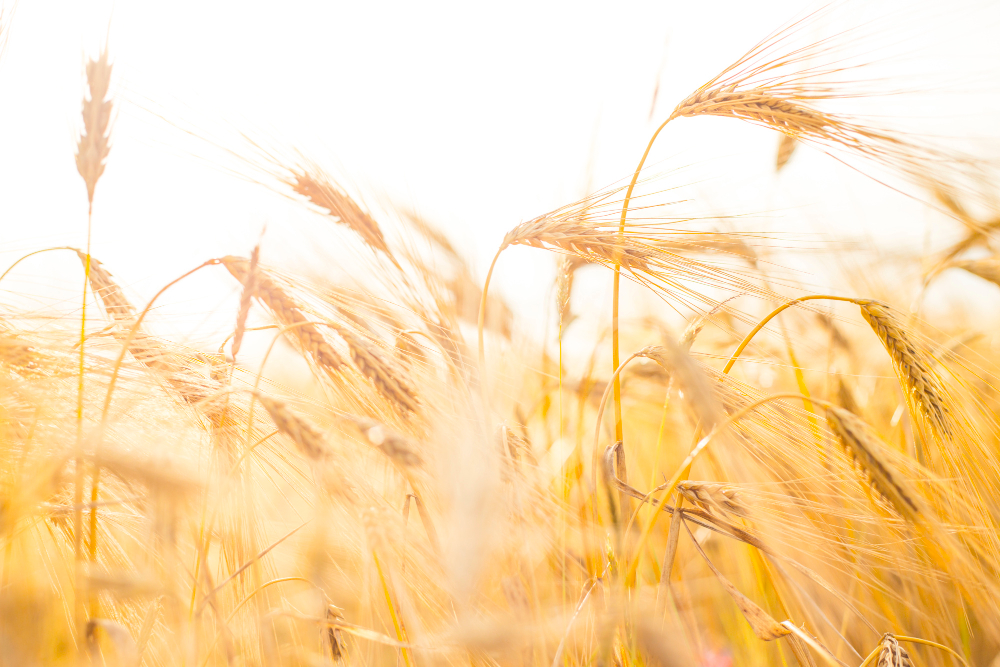
Pic: Freepik
Whole wheat, bran, and whole-grain products are rich in beta-glucan (10 gm of soluble fiber per 100 gm) and lignans. The beta-glucan binds to bile acids, promoting cholesterol excretion. The Lignans (plant compounds) reduce inflammation and improve lipid profiles.
10. Fruits:
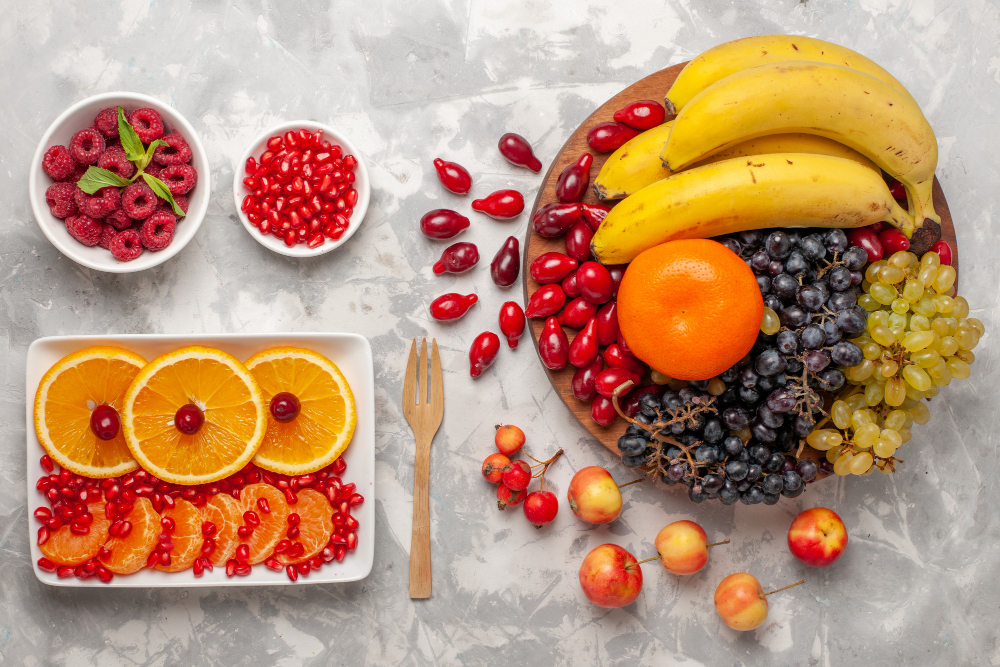
Pic: Freepik
Apples, citrus, berries, grapes, and pears are packed with pectin and polyphenols (e.g., flavonoids). It also has 2.4 grams of dietary fiber per 100 gm. The pectin traps cholesterol in the gut, preventing absorption. The polyphenols (e.g., in berries) reduce LDL oxidation and inflammation. Fruits like grapes provide resveratrol, which improves HDL function.
11. Nuts:
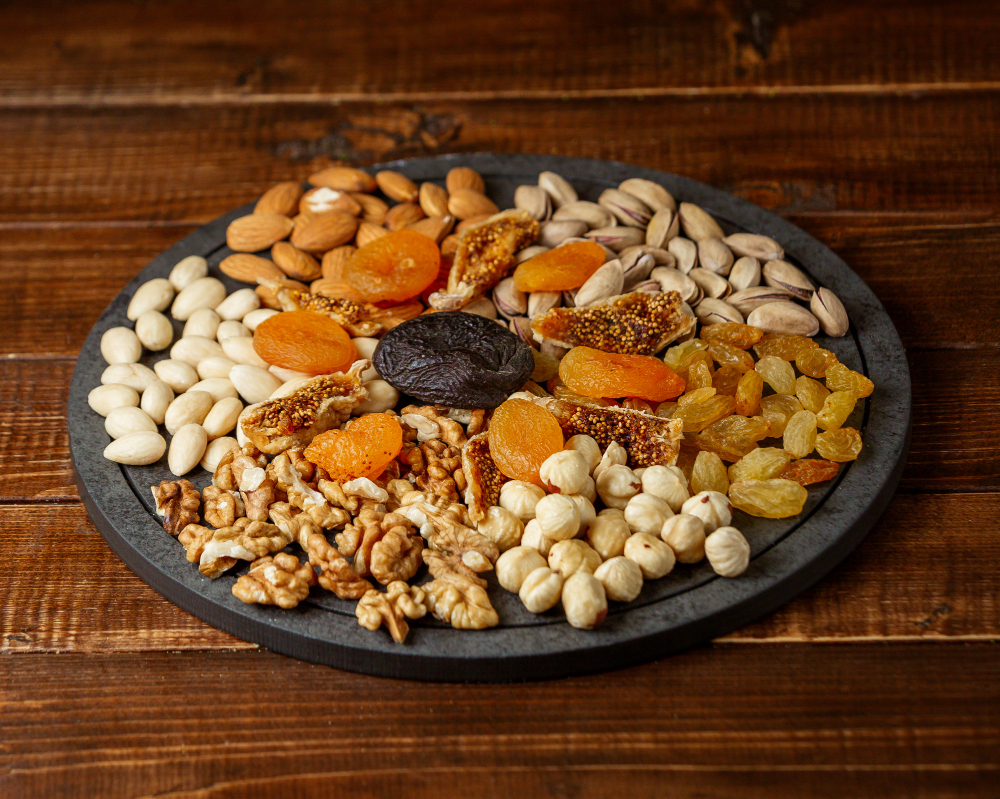
Pic: Freepik
Unsalted nuts, almonds, and walnuts contain unsaturated fats (omega-3s), 7.1 gm fiber per serving, plant sterols, antioxidants (e.g., vitamin E) etc. They replace saturated unhealthy fats, block cholesterol absorption in the gut & intestines, prevent LDL oxidation, and reduce plaque formation & LDL production.
12. Fatty fish:
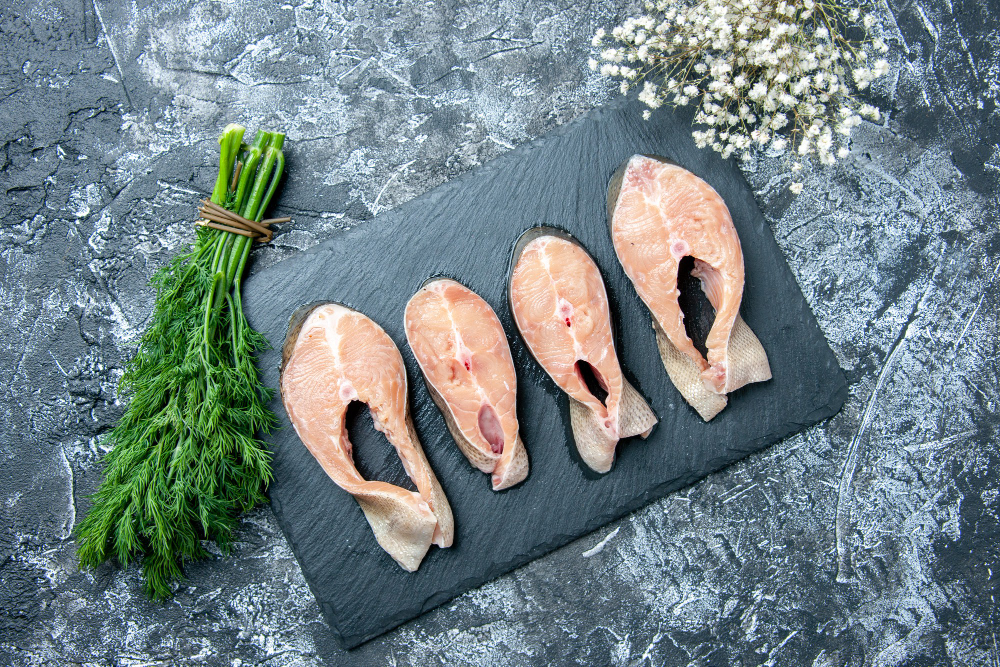
Pic: Freepik
Fatty fish like Pengba, and Boal mass contain Omega-3 fatty acids (EPA and DHA) & zero fiber.
The Omega-3s regulate lipids by increasing HDL & reducing VLDL production. This helps enhance blood vessel elasticity and reduce cytokines.
13. Legumes:
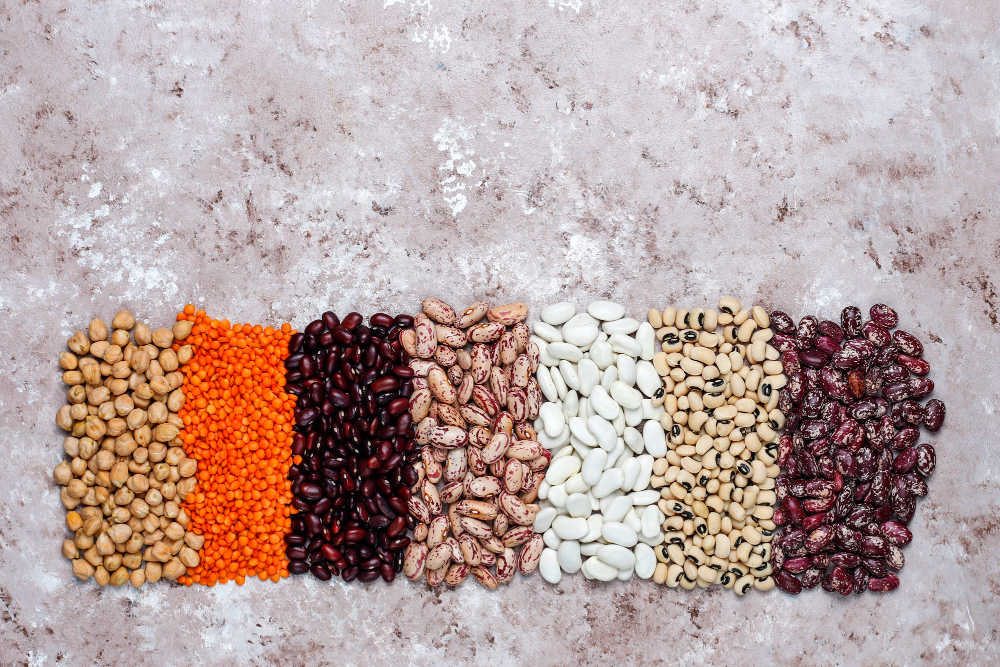
Pic: Freepik
Legumes like Beans (black, kidney), chickpeas, peas, and soybeans contain 5gm of soluble fiber per 100 gm, resistant starch, plant protein & magnesium. This forces the liver to use extra cholesterol, produce short-chain fatty acids & regulate lipid metabolism.
14. Olive oil:
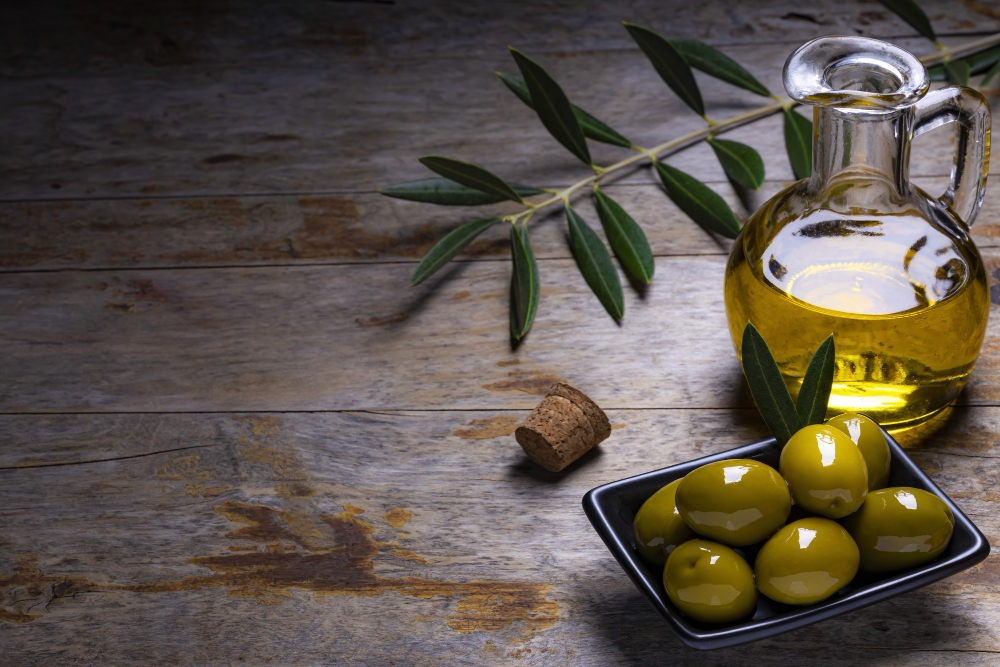
Pic: Freepik
Extra-virgin olive oil (cold-pressed) contains monounsaturated fats (oleic acid), polyphenols (oleocanthal), 0% dietary fiber. This helps reduce LDL oxidation, boosts HDL, and fights inflammation.
15. Avocados:
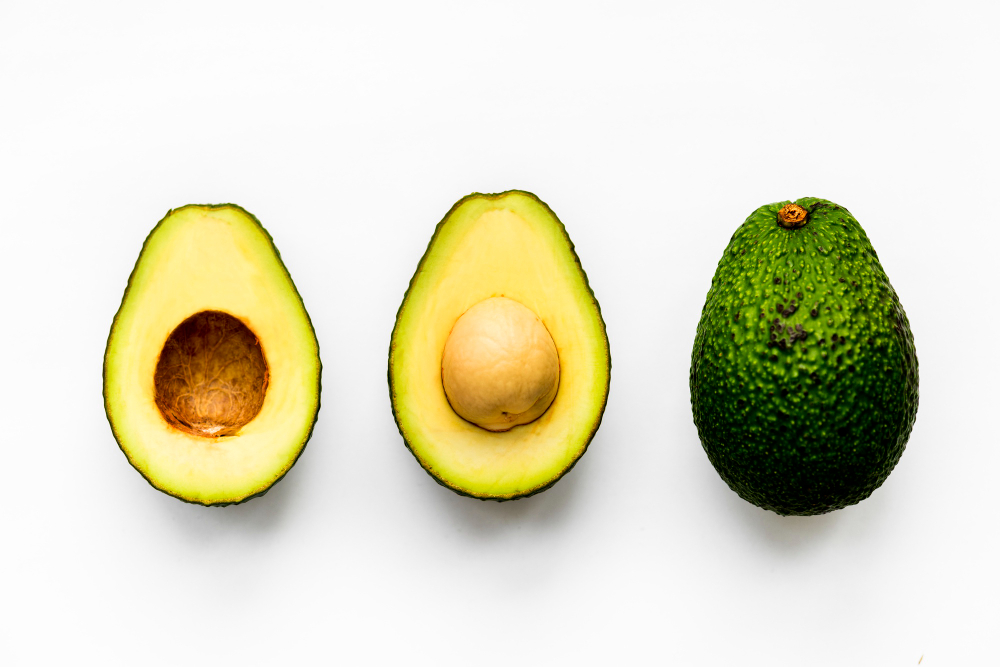
Pic: Freepik
Whole avocados contain monounsaturated fats, soluble fiber, beta-sitosterol (a phytosterol) & 6.7gm dietary fiber per 100 gm. This helps replace saturated fats with monounsaturated ones. And it aids cholesterol excretion & protects blood vessels from oxidative stress.
16. Vegetable oils:
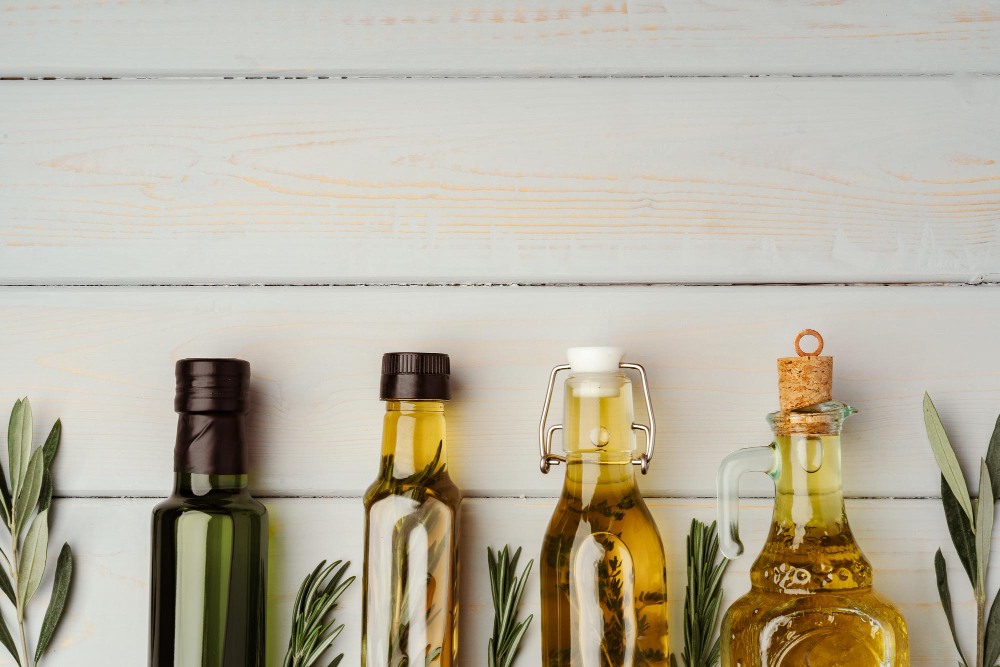
Pic: Freepik
Vegetable oils like canola oil, and avocado oil contain tocols, phenolics, polyunsaturated fatty acids & 0 % dietary fiber. Tocopherols & tocotrienols prevent LDL oxidation modulating cell functions. Polyphenols increase the excretion of cholesterol from the body. Polyunsaturated fatty acids are used by our bodies without leaving behind LDL & keep LDL levels low.
17. Dark chocolate:
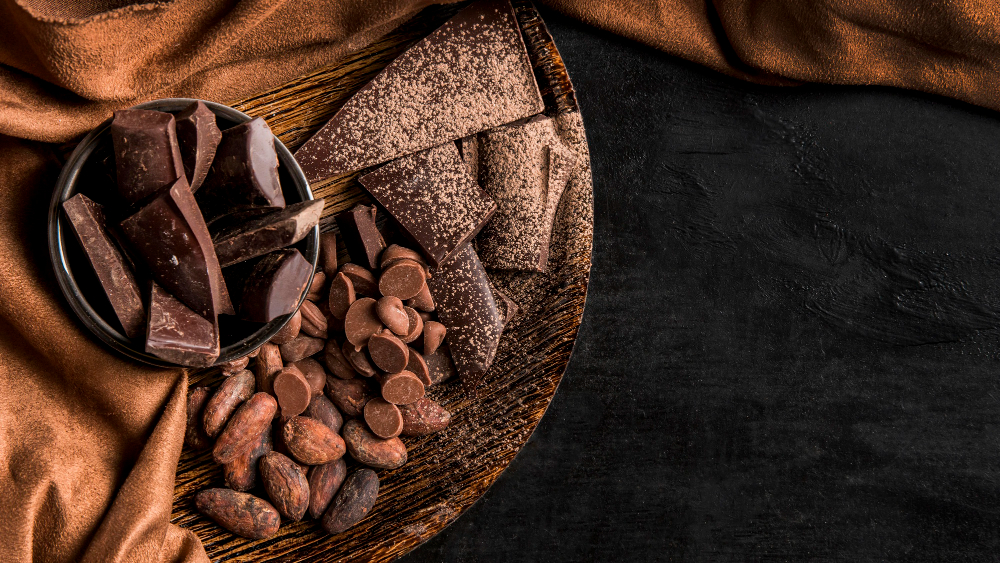
Pic: Freepik
Dark chocolate with 11 grams of dietary fiber/serving contains flavanols, polyphenols, and theobromine. Flavanols boost nitric oxide production, improving blood vessel elasticity & reducing LDL adhesion to artery walls. Polyphenols prevent LDL particles from oxidizing, lowering plaque formation. And the theobromine mildly lowers LDL and triglycerides while raising HDL.
18. Soy products:
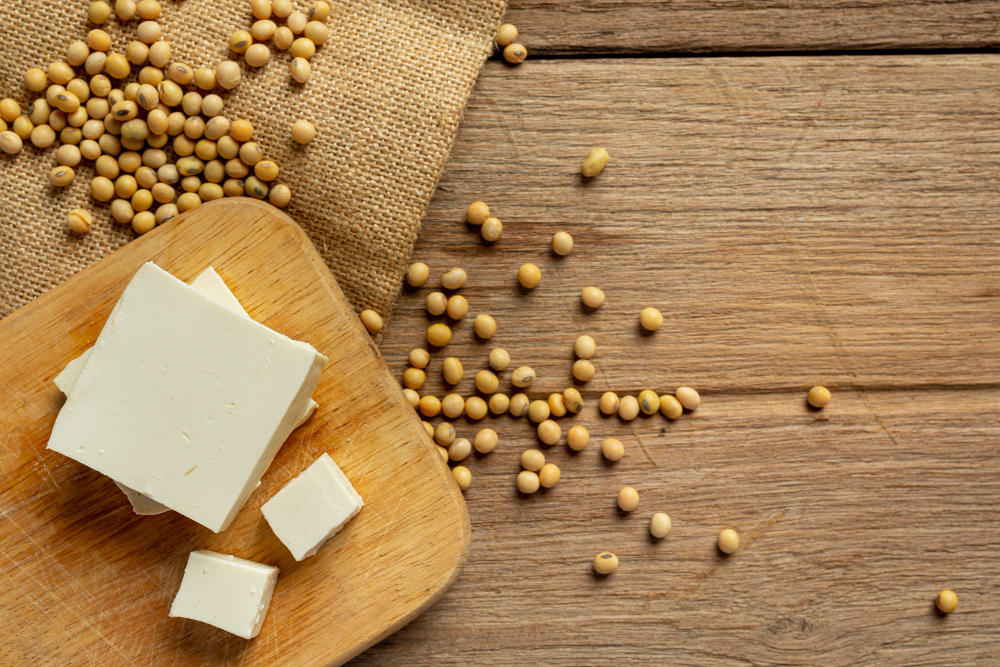
Pic: Freepik
Soy products contain isoflavones & soy protein. The Soy protein helps upregulate LDL receptors in the liver, enhancing cholesterol clearance from the blood. The Isoflavones act as antioxidants, reducing LDL oxidation and arterial inflammation. Normally soy products have 8 grams of dietary fiber per serving.
19. Eggplant & okra:
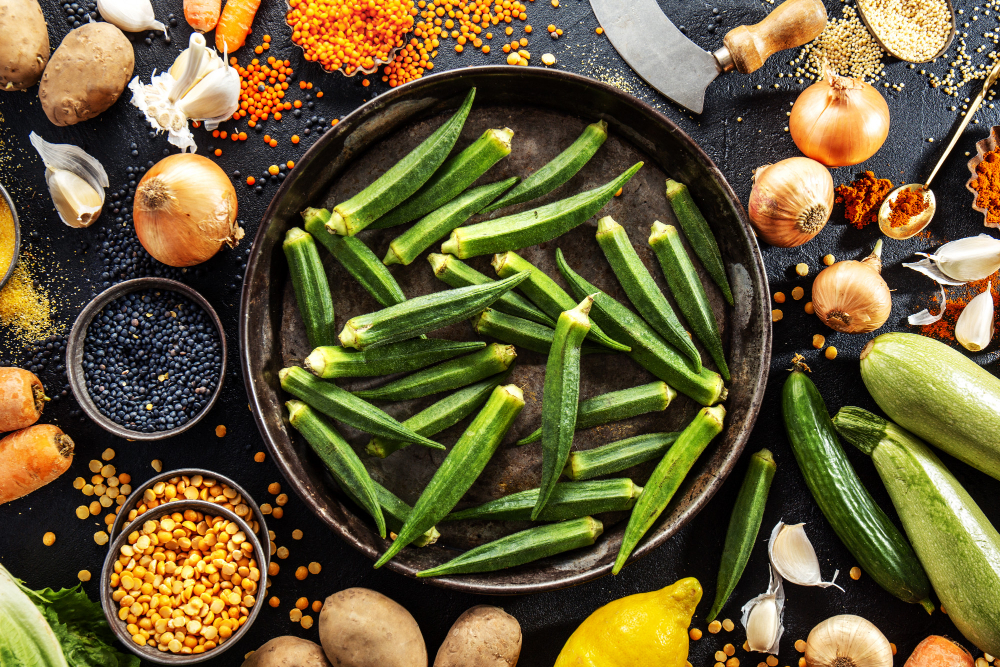
Pic: Freepik
Eggplants & Okra contain 2.5 & 3.2 grams of soluble fiber per serving (viscous mucilage) & antioxidants (nasunin in eggplant). The soluble fiber forms a gel-like substance that binds to bile acids and cholesterol, promoting excretion. The antioxidants protect blood vessels from oxidative stress linked to high LDL.
20. Leafy greens:
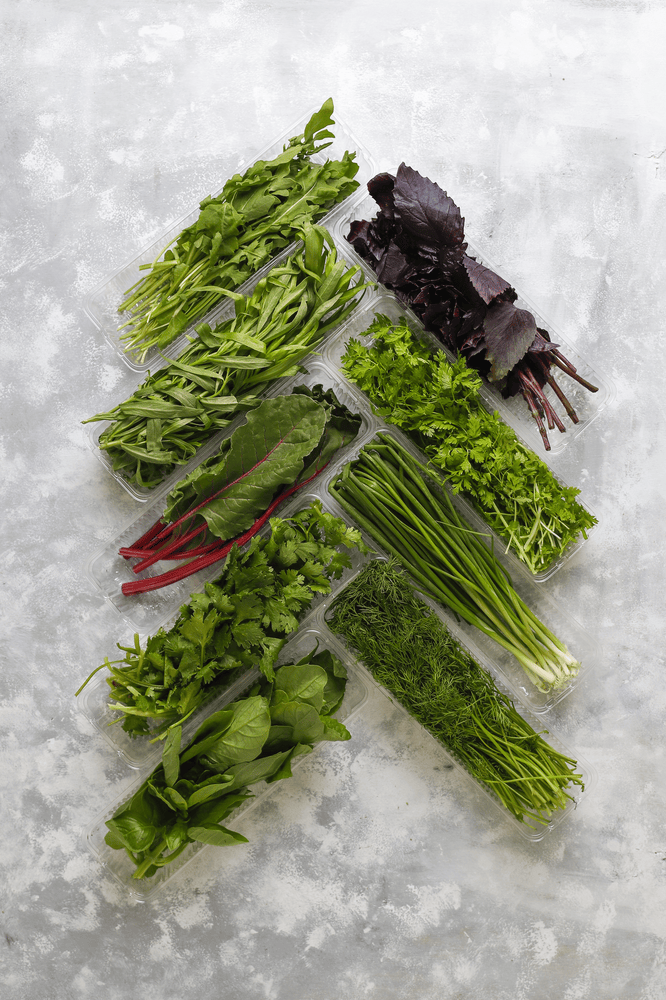
Pic: Freepik
Leafy greens contain 4 grams of fibre per serving, lutein, and other carotenoids. The lutein prevents LDL oxidation and reduces plaque buildup in arteries. The nitrates improve blood flow, reducing cardiovascular strain.
21. Granola bars & Margarine like spreads:
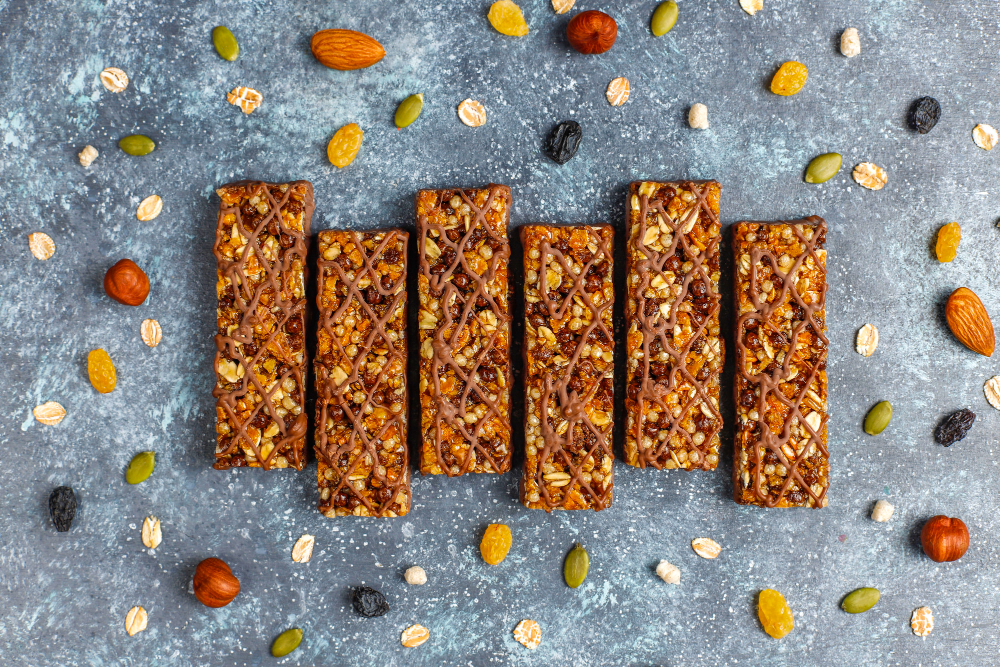
Pic: Freepik
Granola bars have 2-3 grams of dietary fiber per one piece. While margarine-like spreads have zero.
But both of them contain plant-based sterols and stanols and block cholesterol absorption. The sterols/stanols structurally resemble cholesterol, competing for absorption in the intestines. This forces dietary cholesterol to be excreted instead of absorbed.
22. Plantago ovata plant’s seeds:
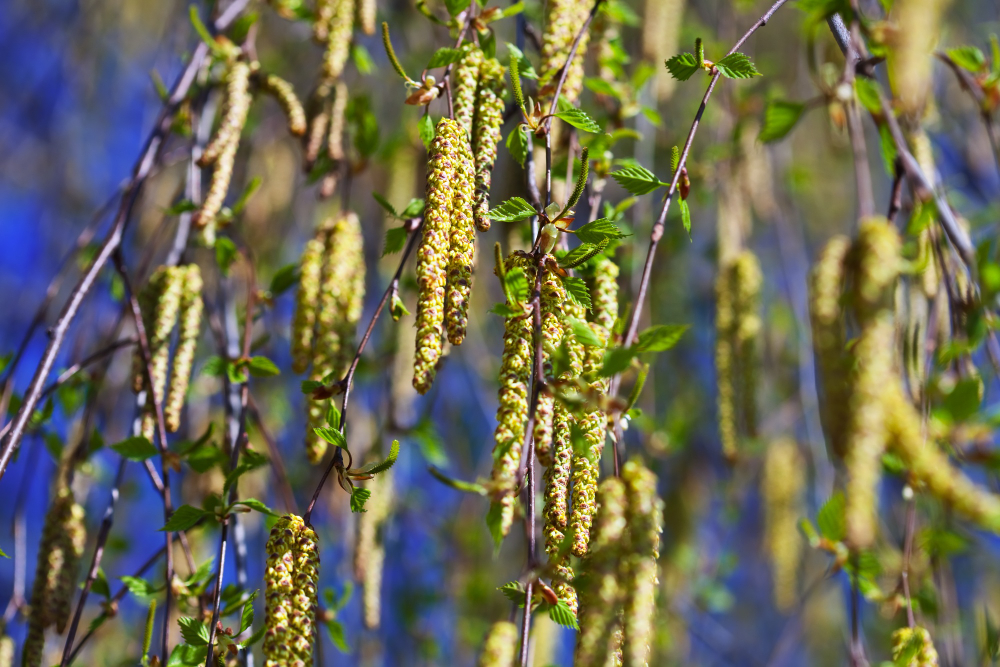
Pic: Freepik
Plantago ovata has 2.4 grams of dietary fiber per serving. It also contains psyllium which lowers LDL by binding to bile acids. The psyllium absorbs water to form a gel, trapping bile acids and cholesterol in the gut. The liver then uses circulating cholesterol to replenish bile acids, reducing blood LDL.
23. Chia Seeds:
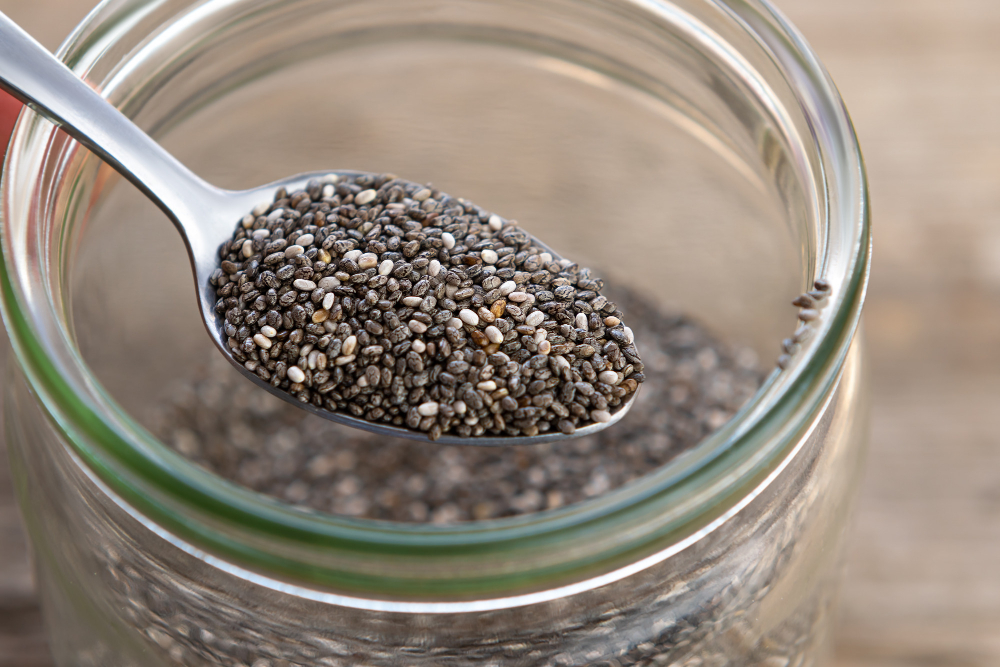
Pic: Freepik
Chia seeds have 10 grams of dietary fiber per 2 tablespoons. And it also contains soluble fiber and omega-3 fatty acids. The soluble fiber binds to cholesterol, similar to oats and psyllium. The omega-3s reduce triglycerides and inflammation, indirectly improving cholesterol balance.
Top 4 worst foods for cholesterol
1. Foods with Saturated/Trans Fats:
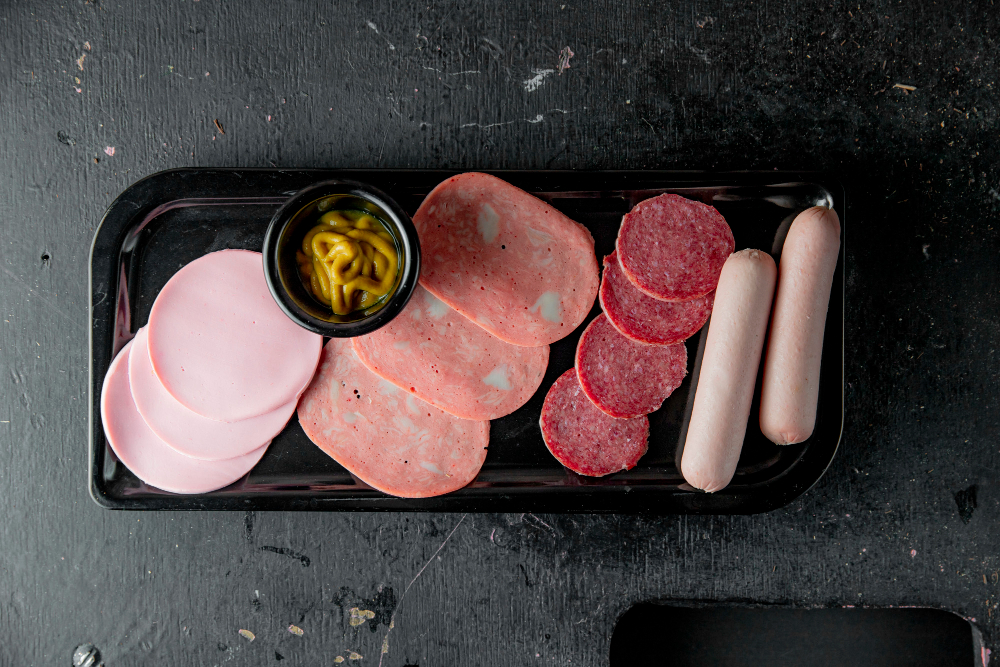
Pic: Freepik
Processed meats, burgers, fried chicken & packaged snacks are bad for cholesterol. The trans fats stimulate the liver to produce more LDL & reduce LDL receptor activity. It also suppresses HDL & activates inflammation & damages blood vessels promoting plaque.
2. Foods with added sugars:
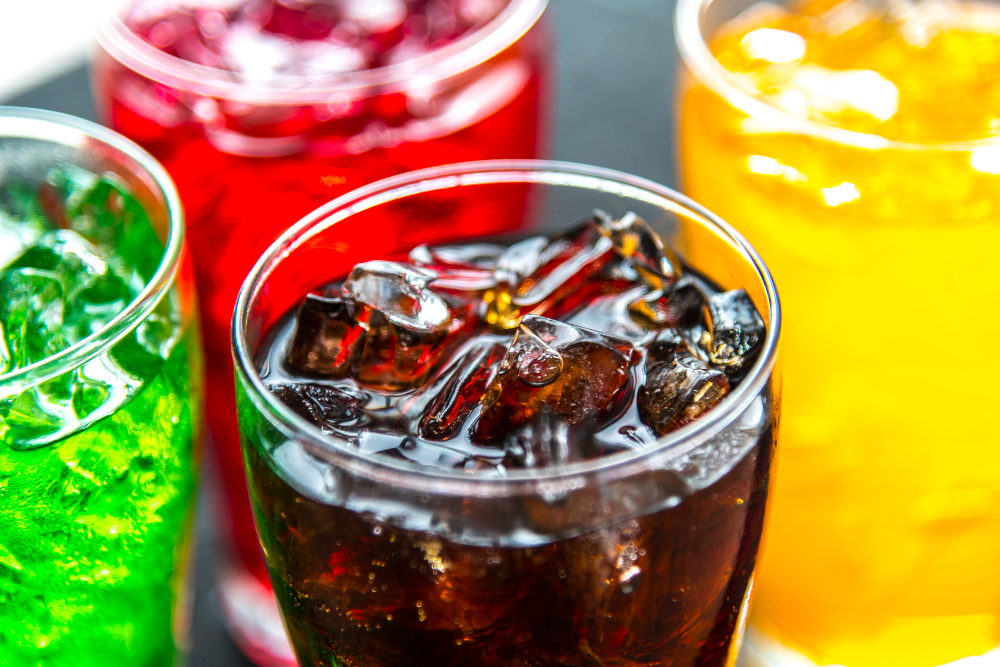
Pic: Freepik
Sodas, ice cream, and energy drinks contain added sugars which are bad for cholesterol. The added sugars are converted to triglycerides in the liver. It then lowers HDL and increases artery-clogging VLDL particles. It leads to small, dense LDL particles that easily penetrate artery walls and form plaques.
This promotes insulin resistance, disrupting lipid metabolism, and worsening cholesterol imbalances.
3. Foods with Heme iron & TMAO:
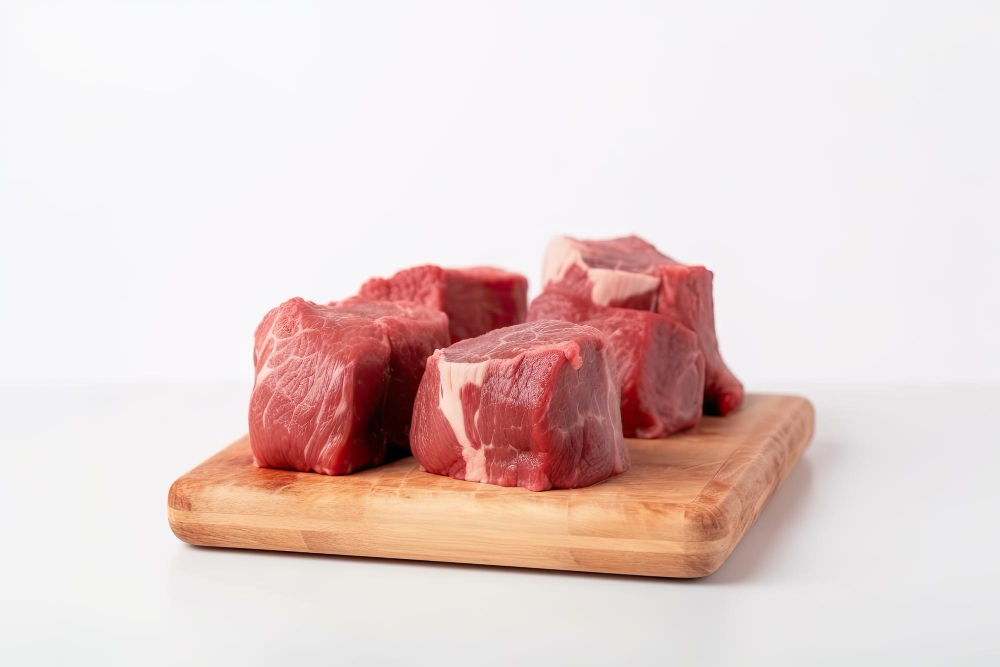
Pic: Freepik
Red meat (beef, lamb, pork) & Processed meats (bacon, sausage), etc contain heme iron & TMAO which are bad for cholesterol. The Heme iron generates free radicals oxidizing LDL making it more likely to stick to artery walls. Gut bacteria convert carnitine (abundant in red meat) to TMAO. Thus promoting inflammation and making plaques prone to rupture, increasing heart attack risk.
4. Processed Foods:
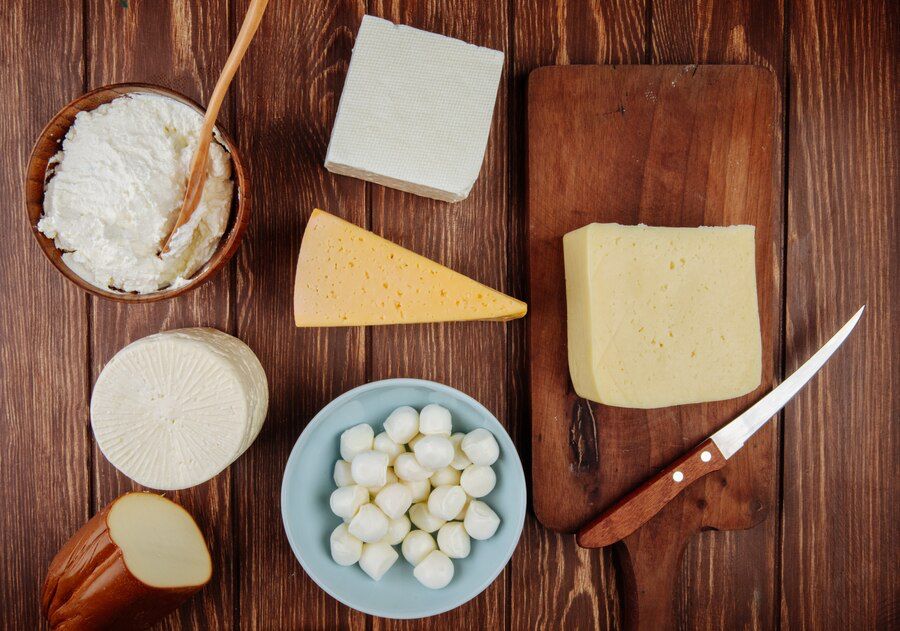
Pic: Freepik
Canned soups, Processed cheese & instant noodles are high in sodium, preservatives & monosodium glutamate. The sodium raises blood pressure damaging artery walls, creating sites for cholesterol plaques to form. The preservatives like nitrates/nitrites react with LDL, accelerating oxidation and plaque buildup.
Combined with high cholesterol, these components accelerate atherosclerosis and heart failure risk.
Conclusion:
Eating the right foods will help lower LDL & VLDL & maintain high HDL. The right foods will protect your blood vessels & heart from damage, giving longevity to your health.
But bad food will increase LDL & fill your blood with sticky fats & sugars clogging your arteries.
To stay healthy, you must swap the bad stuff with foods with good nutrients.
Pick grilled chicken over fried & fruits instead of candy. This small change will make a significant difference in your health.
FAQ:
1. Ideal cholesterol levels for children?
For children under 19 (both genders), the ideal cholesterol is:
- Total Cholesterol: under 170 mg/dL
- Non-HDL: under 120 mg/dL
- LDL: under 100 mg/dL
- HDL: 45 mg/dL or higher
2. Ideal cholesterol levels for adult men?
For 20+ men, the ideal cholesterol is:
- Total cholesterol: 125-200 mg/dL
- Non-HDL: under 130 mg/dL
- LDL: under 100 mg/dL
- HDL: 40 mg/dL or higher
3. Ideal cholesterol levels for adult women?
For 20+ women, the ideal cholesterol is:
- Total cholesterol: 125-200 mg/dL
- Non-HDL: under 130 mg/dL
- LDL:under 100 mg/dL
- HDL: 50 mg/dL or higher
4. Some easy recipes that include cholesterol-lowering foods
Braised chicken, salad, fish mixtures, tacos with vegetables.
5. Which drinks increase cholesterol?
Sugary drinks like fruit juice, soft drinks, alcohol & energy drinks.
6. Do bananas lower cholesterol?
Yes, bananas are rich in soluble fiber which adds to reducing cholesterol absorption in the digestive system.
7. Are eggs good for cholesterol?
Eggs do not help in reducing cholesterol. The white part of eggs is mostly protein & the yolk contains cholesterol. But the amount of cholesterol in eggs is negotiable.
8. Best morning drinks for cholesterol
Lemon tea, Pomegranate Juice, Green tea, Apple Cider Vinegar, Beet Juice.
9. Are milk and coffee bad for cholesterol?
Yes, coffee increases cholesterol, especially the ones prepared using French press or Turkish.
Milk with high saturated fat increases LDL cholesterol. So, choose filtered coffee and low-fat or fat-free milk instead of whole milk.


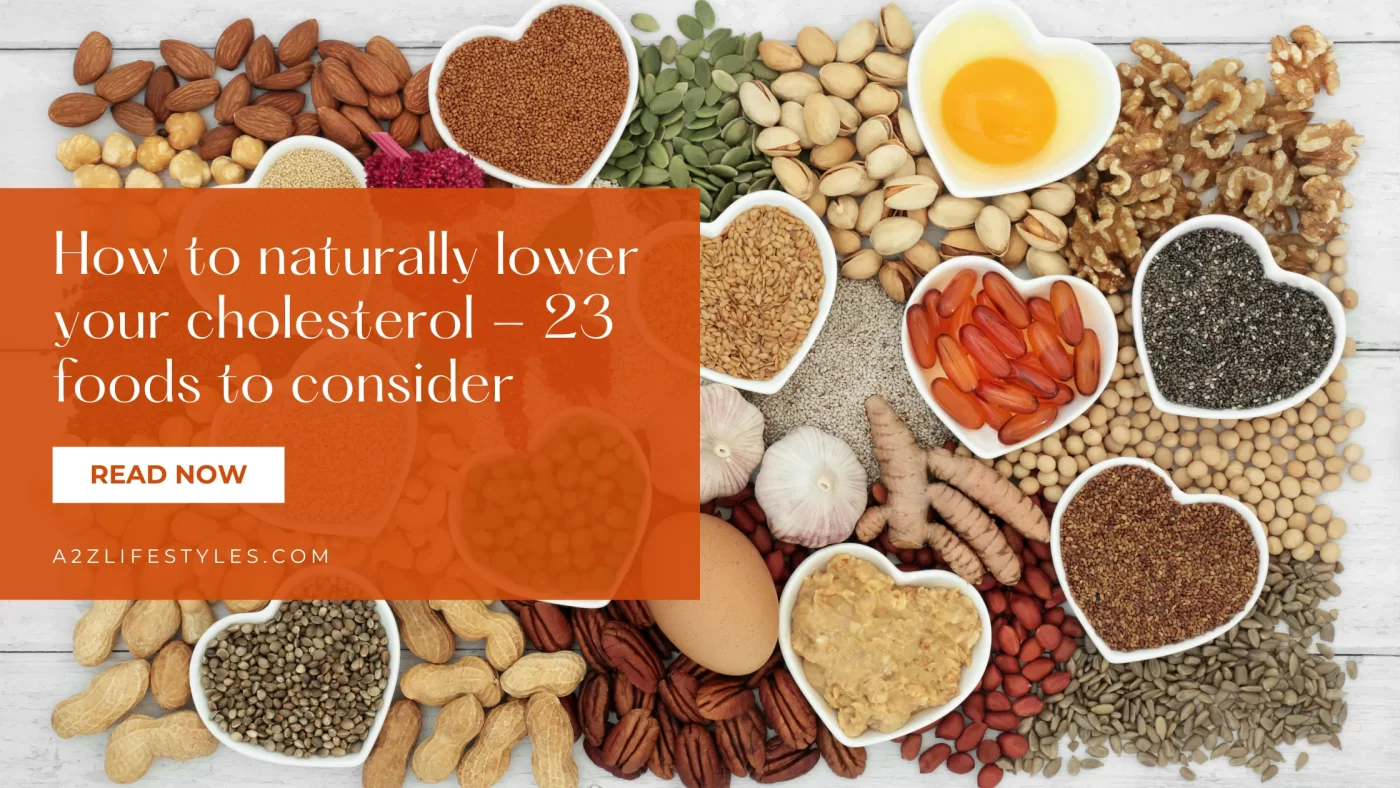






Leave a Comment